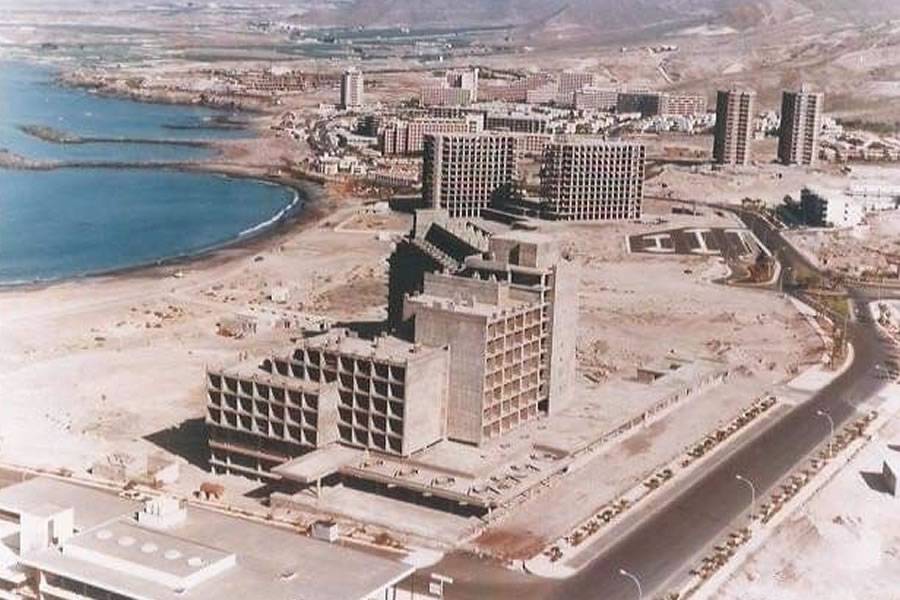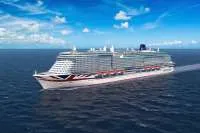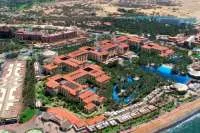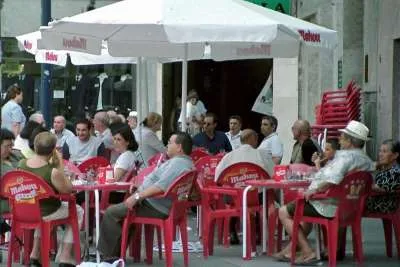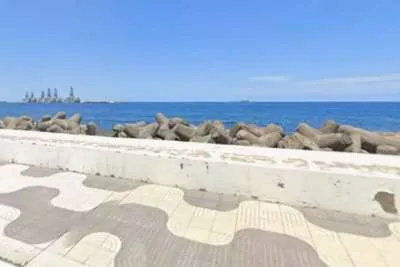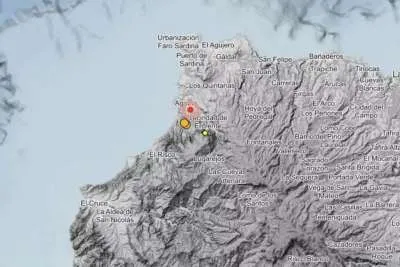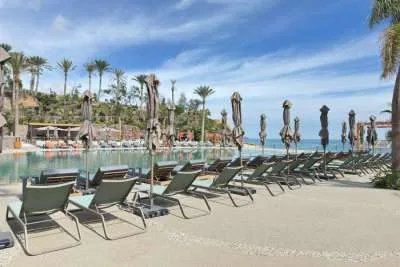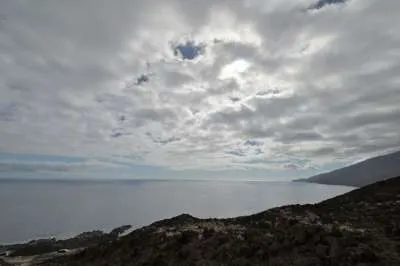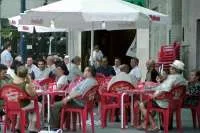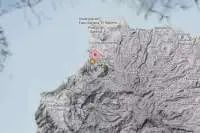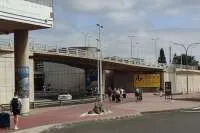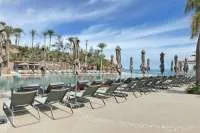Tourism in the south of Tenerife celebrates its 50th Anniversary
- 23-01-2024
- Travel
- Canarian Weekly
- Photo Credit: Pinterest / DA
In the early days of tourism in the south of Tenerife, it was a grassroots affair, when the newly formed Tourist Board had to knock on travel agent’s doors to encourage people to visit the south of the island. Although we now take it for granted, the reality is that it took some time for tourism to soar, and 50 years later we look back at how it all started.
The pivotal moment came in 1965 when Catalan industrialist, Rafael Puig Llivina, and his son Santiago Puig landed on the island. They took a bold gamble, deciding to create a major tourist hub in the South where there was once only barren land. This daring step marked the birth of Playa de Las Americas, now one of Europe's premier tourist destinations.
At that time, Puerto de la Cruz attracted the most tourists, and apart from a small Nordic community in Los Cristianos, the South was mainly known for its tomato fields.
The summer season started to thrive, thanks to visitors from mainland Spain who hadn’t visited the island before. The Tenerife Tourist Board, which has just turned fifty, played a crucial role, along with the determination of hoteliers and hotel directors.
They travelled from city to city on the mainland in what were known as "Iberian tours," knocking on the doors of travel agencies to promote hotel campaigns to the south of Tenerife.
In 1973, the first Tourism Board was established in Tenerife, and in 1975, the first statistics on visitor arrivals were compiled, revealing 1.1 million tourists. Today, that number has soared to over five million.
Ten-Bel's Trailblazing Legacy
Before all this there was Ten-Bel, which started in 1964, setting an example and defining an era. They chartered planes from Brussels to Los Rodeos (Tenerife North Airport), transporting tourists by buses and taxis to Costa del Silencio. It's essential to note that the journey from Santa Cruz to Los Cristianos took over three hours, and not due to traffic jams.
"Ten-Bel was the epitome, the ultimate destination," explained Eduardo Sols, former director general of Ten-Bel. "The South was in its infancy. In Tenerife, we only had Puerto de la Cruz, which was very popular. In the South, Punta del Rey in Caletillas, and Las Arenitas were the landmarks," he added.
The creation of the Tourism Board, the airport, and then the motorway spurred the development of a region that was once distant, impoverished, and isolated.
Gradually, the region asserted itself in the tourism sector, visitor numbers increased from 1.1 million in 1980 to 1.5 million in 1982 and eventually reaching almost 3.5 million in 1993.
Those who crafted this success story include Eduardo Solís, Gloria Salgado, and Isidro Dardiñas, forming part of the Calínico association, Hoteliers for Tenerife. However, they are disappointed at the lack of attention given to the 50th Anniversary of the creation of the Tourism Board of Tenerife in 1973.
Isidro Dardiñas, who was the director of iconic hotels in Playa de las Américas for many years, reminisces about the times when there was no airport in the south, and the economy revolved around agriculture. He recounts recruiting staff from the tomato fields himself, offering higher salaries than they earned in the fields.

The famous visit of actress Liz Taylor and her husband Richard Burton to Tenerife in the early '70s is remembered. It is said that Taylor was disappointed and ordered the sale of the land she had bought. Roads were constructed, land was urbanised, and notable constructions like the Gran Tinerfe, inaugurated by then-Prince Juan Carlos in 1975, started to emerge.
Despite the challenges, the South continued to thrive. The Calínico association members express pride in witnessing the unparalleled success of the region today and remember campaigns like the Iberian tours with pride, despite the lack of recognition of the Tourism Board's success.
However, without the foresight from those people at the time and the opportunities that arose… how different it might have been.
Source: Diario De Avisos
Other articles that may interest you...
Trending
Most Read Articles
Featured Videos
A Vision of Elvis Tenerife Promo
- 10-05-2025
Tenerife Travel Guide
- 13-12-2024
Live webcam from Lanzarote airport
- 13-12-2024


